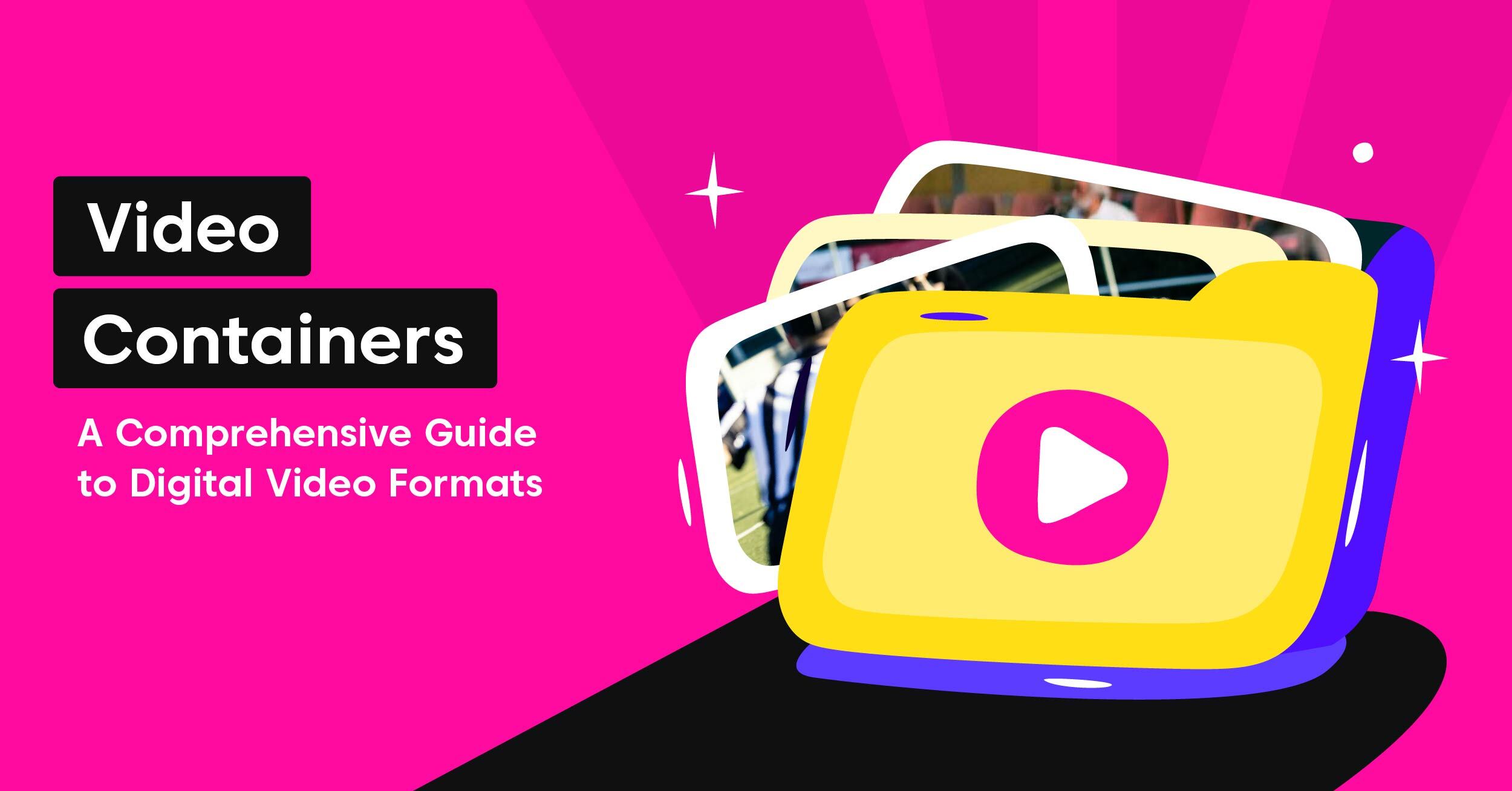Video encoding is converting video files from one format to another. There are multiple reasons why you might need to encode videos. You might want to encode a video for file size compression without compromising output. Encoding video is also helpful when you want to change the container format or the codecs used in the video. You can also use encoding to protect your videos from being copied or played on unauthorized devices. Video encoding hardware and software are used to encode videos.
The process of encoding video can be time-consuming, so choosing the right encoding tool for your needs is urgent. For instance, some encoding tools are designed for live streaming, while others are better suited for file compression. This blog post will illustrate how to encode a video for streaming. Moreover, we will also cover the basics of video encoding and the importance of video compression technology. Let’s get started!
What is Video Encoding?
Encoding refers to the process of converting information from one format to another. In the context of the video, encoding converts video files from one format to another. That’s why video encoding is also termed video conversion. Video encoding is a type of data compression. Data compression reduces the size of a data file without losing data. Since extensive data requires more space and bandwidth, encoding can be used to make video files smaller without affecting their quality.
In the video streaming industry, encoding is a critical process. That’s because videos must be compressed before they can be streamed online. This is because streaming video files require less data and bandwidth than their larger, uncompressed counterparts. Encoding video for streaming is a complex process. The encoder must consider the video codecs, bitrate, resolution, and other factors to ensure that the video can be streamed without any issues.
How does Video Encoding Work?
To understand how video encoding works, it is first important to understand digital video basics. A digital video file is a collection of still images, or frames, displayed in rapid succession. The number of frames per second (fps) determines the smoothness of the video playback. In order to create a digital video file, each frame must be encoded or converted into a digital format. The most common video encoding formats are MPEG and H.264.
There are three steps involved in encoding a video:
Pre-processing: This is the first step of encoding, where you set the parameters for encoding. This includes choosing the video codec, bitrate, and resolution.
Encoding: In this step, the video file is encoded according to the parameters set in the pre-processing stage.
Post-processing: Once complete encoding, you can check the output video for quality. If satisfied with the results, you can save the video file.
Once you have encoded the video, you can stream it online using a video streaming platform.
How to Encode a Video
Though the video encoding process is complex, video encoding software makes it easy to encode videos. As a video editor, you can easily encode larger video file formats using one of the many video encoding tools available on the market. You can compress the video file or change the container format when encoding a video. Moreover, it’s also possible to change the codecs used in the video. Compressing an original video may consume time, but it is essential for streaming videos online. Here is a list of video encoding software that you can use to encode videos:
- VLC Video Encoder
- NCH Prism
- Movavi Video Converter
- DivX Converter
- FFmpeg
- AVS Video Converter
- DVD VideoSoft
- MPEG Streamclip
- Handbrake
- Permute
Why is Video Encoding Important for Streaming?
Since the market size of online video is growing, the prospect of the video streaming business is very exciting. Viewers always want to watch videos of high quality, but extensive video files can be a hindrance. That’s where encoding comes in! It has become essential to compress video files before streaming them online.
- Video encoding is a crucial part of streaming because it helps to:
- Convert video files from one format to another
- Reduce the size of video files without affecting their quality
- Save space and bandwidth when streaming videos online
- Improve the video quality of low-quality videos
Streaming videos online requires video compression, making video files smaller without hurting their quality. With a good encoder, it’s easy to change video files from one format to another and shrink them so they can be streamed. This ensures that people can watch high-quality videos that take up little space and bandwidth. Because of this, video encoding is a vital part of any streaming business’s success.





